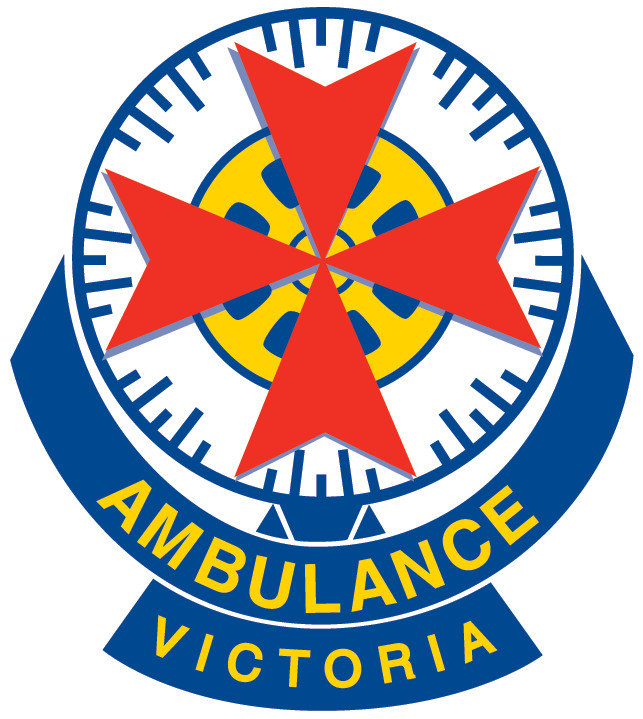By JOHN VAN KLAVEREN
HEART attack and car accident victims face some of the state’s longest or shortest waits for ambulances depending on where they live in the Geelong region, according to new figures.
Ambulance Victoria’s annual report said people suffering code-one emergencies in Golden Plains Shire endured the slowest response times.
Bannockburn residents could wait almost 22 minutes, the report said.
But waits in the Geelong urban area generally lasted 13 minutes and 26 seconds.
The stark divide between country and city call-outs was reflected across the state.
Ambulance Victoria has a response time target for code-one incidents of 15 minutes for 85 per cent of calls.
Only 21.4 per cent of the 632 Golden Plains call outs received a response within the recommended 15 minutes, with an average wait time of almost 22 minutes.
But more than 72 per cent of Geelong’s 14,100 calls had response times within 15 minutes, with an average time of 13 minutes 26 seconds.
Queenscliff and Surf Coast were somewhere in between, the Ambulance Victoria figures showed.
Ambulances responded to 34.6 per cent of Queenscliff’s 208 code-one calls within 15 minutes for an average wait of almost 19 minutes.
About 45 per cent of the 1360 Surf Coast responses were within the prescribed 15 minutes, with patients waiting an average 18 minutes 26 seconds.
State-wide, Ambulance Victoria responded to 73.7 per cent of 321,839 code-ones within 15 minutes, with more than 80,000 emergency cases left waiting longer.
Ambulance Victoria acting chief executive officer Tony Walker conceded response times had to improve but maintained that clinical outcomes remained excellent.
“Despite our excellent clinical outcomes we are not meeting our response time targets,” Mr Walker said.
“We acknowledge that we need to improve our response to the community and are working with our staff, unions, health partners and government to implement strategies to do this.
“The year again produced a record demand for our services, with our frontline crews attending more than 10,000 emergency cases each week.”







